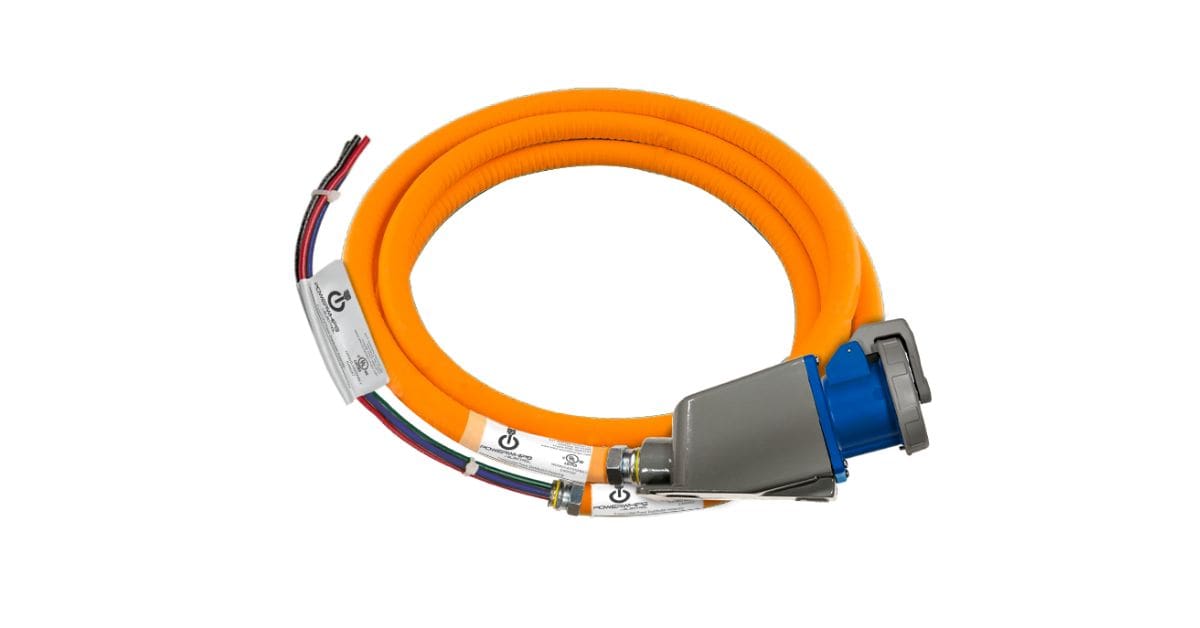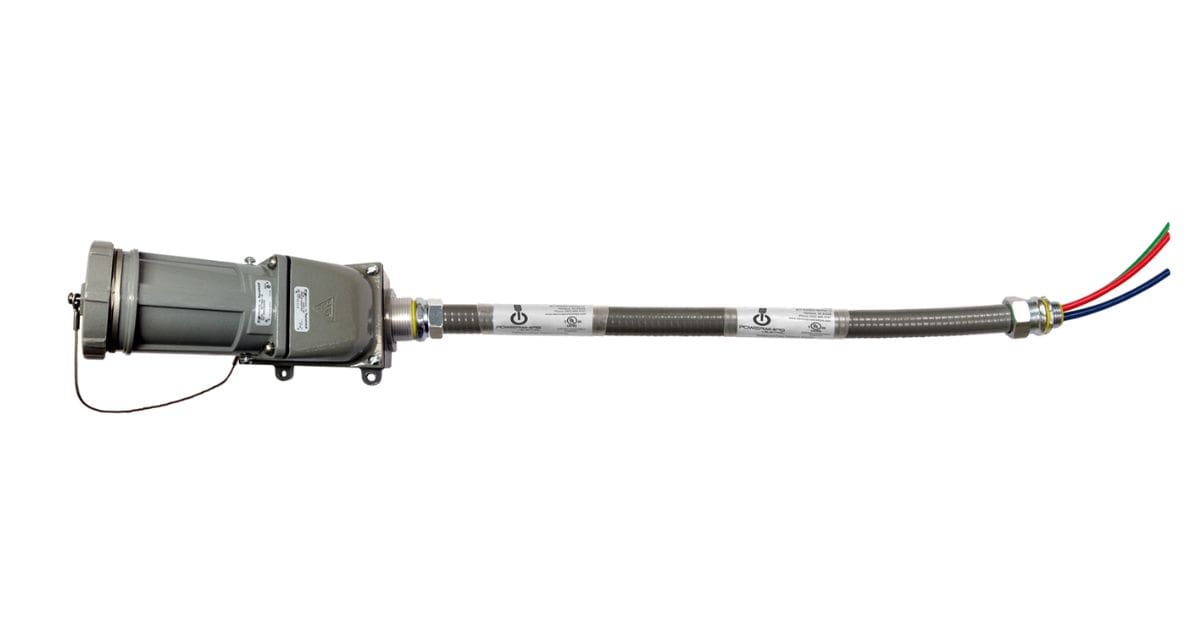
Every electrical professional has been there. You’ve just completed a complex installation with premium, heavy-duty power cables, only to return months later and find damaged conductors, frayed insulation, or complete system failure at the connection points. The culprit could be inadequate strain relief that allows mechanical stress to gradually destroy even the most durable electrical systems.
Understanding and implementing proper strain relief techniques for heavy-duty power cables ensures your systems perform optimally throughout their intended service life.
Understanding Mechanical Stress in Cable Systems
Heavy-duty power cables face mechanical challenges that standard residential wiring does not encounter. Industrial environments subject these conductors to continuous vibration from nearby equipment, thermal expansion and contraction cycles, and occasional direct physical contact from moving machinery or personnel.
Cable failure typically begins at termination points where conductors transition from flexible cable to rigid connections. Without strain relief, every movement transfers mechanical stress directly to these vulnerable junction areas. Over time, stress concentrates at the point where the cable enters enclosures, causing conductor breakage, insulation degradation, and connection loosening.
Heavy-Duty Cables Add Weight
The weight of heavy-duty cables adds complications. Large conductors with substantial insulation and protective sheathing can weigh several pounds per foot. When suspended vertically or routed through complex pathways, the cord generates constant downward force that gradually damages termination points and intermediate support structures.
Harsh Environmental Conditions
Environmental factors can also amplify these mechanical stresses. Temperature variations cause materials to expand and contract at different rates, creating internal tension within cable assemblies. Moisture infiltration can compromise insulation properties while simultaneously increasing cable weight and reducing flexibility.

Essential Strain Relief Components and Materials
Effective strain relief systems incorporate multiple parts that work together to distribute mechanical forces across broader areas, rather than concentrating stress at single points.
Flexible Conduit Systems
Flexible conduit systems provide excellent protection for cables that are subject to regular movement or vibration. These systems allow necessary flexibility while preventing excessive bending that could otherwise damage internal conductors. The key lies in selecting conduit materials and configurations appropriate for the mechanical and environmental demands of each organization.
Cable Clamps and Sleeves
Support hardware plays an equally important role in comprehensive strain relief strategies. Sufficiently spaced cable clamps, hangers, and supports will distribute weight loads and prevent excessive cable movement during normal operation and maintenance checks. The spacing and mounting methods for these components can also directly influence system reliability.
Specialized strain relief boots and protective sleeves are tools that can provide targeted protection at vulnerable points. These components typically feature graduated flexibility that smoothly transitions from rigid mounting hardware to flexible cable sections, preventing sharp bending transitions that concentrate mechanical stress.
Effective Installation Techniques
Successful strain relief begins with careful planning during the design phase. Cable routing should minimize sharp bends, excessive spans between supports, and exposure to mechanical hazards whenever possible. The installation approach must account for expected cable movement, environmental conditions, and maintenance requirements throughout the system’s service life.
Properly installing cable glands requires attention to multiple factors. The gland must match the cable diameter and the enclosure entry while providing adequate grip strength without over-compression that could damage cable components. Threading engagement must be complete, and sealing elements must be positioned correctly to maintain both mechanical integrity and environmental protection.
Support spacing calculations depend on cable weight, flexibility characteristics, and expected environmental loads. Horizontal runs typically require more support than vertical installations; however, vertical sections require especially secure upper terminations to prevent gradual slippage under sustained loading. The support hardware itself must be rated for the anticipated loads and environmental conditions.
The temperature of the environment can also greatly influence installation techniques for heavy-duty applications. Cables installed in ambient conditions will expand and contract with temperature variations, requiring deliberate slack allocation and flexible routing to accommodate dimensional changes without causing mechanical stress.
Advanced Protection Strategies for Harsh Environments
Industrial and outdoor installations require enhanced strain relief approaches that address multiple factors. These environments typically include vibrations, temperature extremes, chemical exposure, and physical hazards that can quickly render standard protection methods ineffective.
Implement Vibration Isolation
Vibration isolation becomes critical in applications near heavy machinery or high-traffic areas. Specialized flexible couplings and vibration-dampening mounts prevent harmful oscillations from transmitting through cable support systems. The isolation strategy must address both high-frequency vibrations from nearby equipment and lower-frequency movements from building settling or thermal cycling.
Protection Against Harsh Chemicals
Chemical resistance requirements influence material selection for all strain relief components. Standard rubber and plastic materials may degrade rapidly when exposed to specific chemicals, oils, or solvents common in industrial environments. Compatibility verification ensures long-term reliability and prevents premature failure of protection systems.
UV Protection
UV exposure poses challenges for outdoor installations where cable assemblies are exposed to direct sunlight. Fortunately, UV-resistant materials and protective coverings can maintain flexibility and strength characteristics over extended exposure periods. Additionally, thermal considerations become more complex when solar heating is combined with electrical loading, creating extreme temperature conditions.

Maintenance and Inspection Protocols
Even perfectly installed strain relief systems require regular inspection and maintenance for continued effectiveness. Mechanical wear, environmental degradation, and system modifications can compromise protection capabilities, making systematic evaluation essential for long-term reliability.
Visual Check
Visual inspection techniques can identify many potential problems before they cause system failures. Signs of cable movement at termination points, wear patterns on protective components, and changes in cable positioning often indicate developing strain relief problems. Regular photographic documentation tracks gradual changes that might otherwise go unnoticed.
Regular Maintenance
Mechanical testing of support systems and connection integrity provides a quantitative assessment of strain relief effectiveness. This testing should include verification of the security of mounting hardware, the flexibility of protective components, and the positioning of cables within support structures. Any changes from baseline conditions warrant further investigation and potential corrective action.
Environmental Considerations
Environmental monitoring helps to identify conditions that may accelerate the degradation of strain relief systems. Temperature logging, vibration measurement, and chemical exposure assessment provide data necessary for optimizing maintenance intervals and predicting component replacement needs.
Ensuring Long-Term System Reliability
The investment in comprehensive strain relief protection pays in dividends through reduced maintenance costs, improved system uptime, and enhanced safety performance. Implementing proper strain relief techniques for heavy-duty power cables forms the foundation of reliable electrical installations that continue operating effectively throughout their designed service life.
Professional electrical installations demand attention to every detail that influences long-term performance. Strain relief is one area where thorough initial planning and quality installation practices prevent costly problems that could otherwise plague systems.
Need a reliable, heavy-duty data center PDU that delivers durability and performance? Look no further than Electrol Powerwhips! Built to handle the demands of modern data centers, Electrol Powerwhips provide long-lasting power distribution you can count on. Explore our products today!
